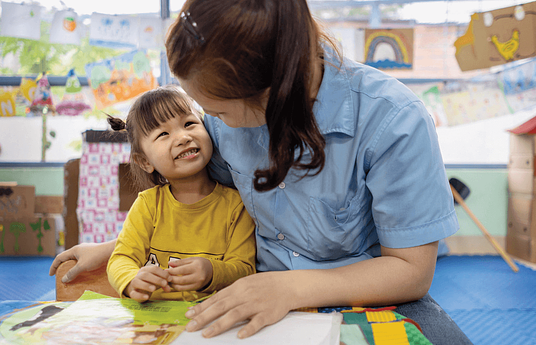There is much research to show children who are unable to articulate their emotions struggle with emotional comprehension leading to increased negative behaviours. Those who have the emotional language to describe how they are feeling show positive social competence & emotional understanding. The 'Learning Emotions' Cards solve this by giving children appropriate language to improve their EU.
The innovation is a set of 52 A-Z of Emotions Flash Cards that teachers can use to teach children about their emotions, ask questions related to each emotion on each card and discuss, with the children, what they can contribute about the meaning of a particular emotion. The cards can be used as a stand alone product or in conjuntion with the Ginnie & Pinney books and animations. The resource is endorsed by Professor of Education, Tanya Serry from La Trobe University and Emerita Professor, Doreen Rosenthal from University of Melbourne. Large number of orders by Early Learning Centres across Victoria and Queensland support evidence the solution is having a positive impact across this sector.
Main achievements are that the Ginnie & Pinney resource is a recommended resource with the Victorian Department of Education and Training and Queensland's Kindy Uplift program. Was Highly Commended at the Educational Publishing Awards of Australia in 2021. Ginnie & Pinney has been optioned by Production House, Moody Street Kids for an animated television series after successful development funding from the Australian Children's Television Foundation and has sold rights to the U.K Audio Book Company, Bolinda for the UK and Australian (ABC) market in 2022. We have completed an online Professional Development training module with La Trobe University. Our plans are to broaden our scope with a numbers game and possibly some AI products.
It is very simple for anyone to access our resource by visiting our website, www.ginnieandpinney.com.au and purchasing our materials. We are also available via email and by phone for anyone who needs help. The materials can be adapted to focus on social & emotional wellbeing, access & inclusion, communication (language development) and fine & gross motor skills. (The entire resource )


